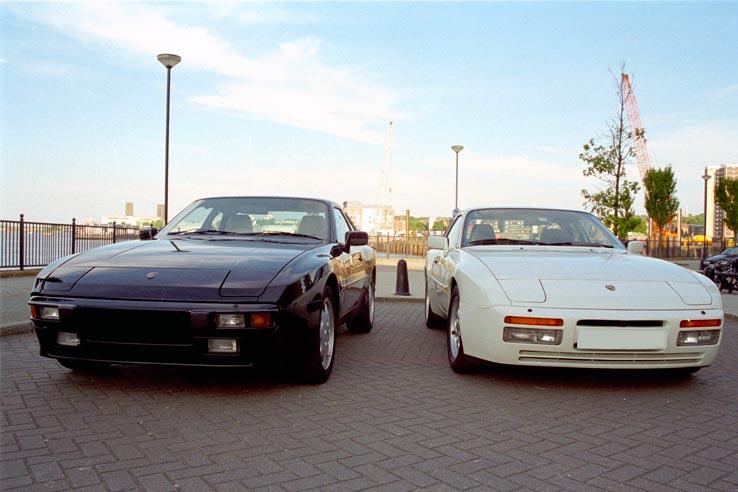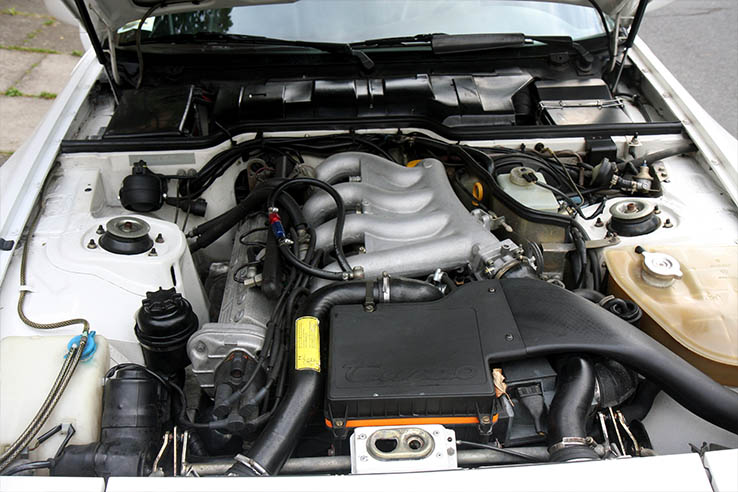Paintwork and bodywork
Unless your car’s been hidden in a dehumidified cocoon for the last few decades it’s likely that its paintwork and bodywork will not be perfect. I’ll be upfront here and admit that despite best efforts, anything other than minor touch-up either needs professional equipment or real artistic flair (I’ve got neither) to give a good result. However, there’s a couple of things you can still DIY:
- Touchup: Small scrapes or holes in the paintwork can be easily patched. Make sure you remove any rust and then apply rustproofing followed by the appropriate paint. Clark’s Garage has a full list of all paint codes used on the 944 and bear in mind that the 944 does not have a layer of clear lacquer like most modern cars do - Rust removal: The back side of body panels and the underside of the car are likely candidates for some preventative rust proofing. Different people swear by different rustproofing solutions. To be safe, I often apply them all! Any rustproofing course first starts by removing any loose rust using a wire brush. You can then use sandpaper to remove as much of the residual rust as possible. I then apply rust resistant paint or, if the area is not normally visible, I apply POR15
- Rust prevention: Classic car owners round the world often swear by Waxoyl. It is a thick, greasy and sticky substance, applied via spray can which is meant to be unbeatable at rust prevention. It’s also unbeatable at being impossible to clean, so watch out.
Finally, after touching up your paintwork I highly suggest taking proper care of it. This includes cleaning, claying, polishing and waxing for the ultimate in good looks and paint protection.
Perhaps details to follow in a subsequent detailing article.
Precautions
I hope its becoming apparent that maintaining a 944 is relatively straightforward. There are however some risks that must be respected and some basic precautions than must be taken, including:
- Never ever ever go under a car that is not properly supported. This means supporting the car on appropriate axle stands and never relying on the hydraulic jack that may collapse at a moment’s notice and crush you
- Be aware of engine parts that may move even if the ignition is off. For example the cooling fans operate even with the ignition off
- Many of the fluids used in cars are toxic to people and the environment. Use gloves, use goggles if necessary and capture and dispose of them properly. Do not poor coolant down the drain










